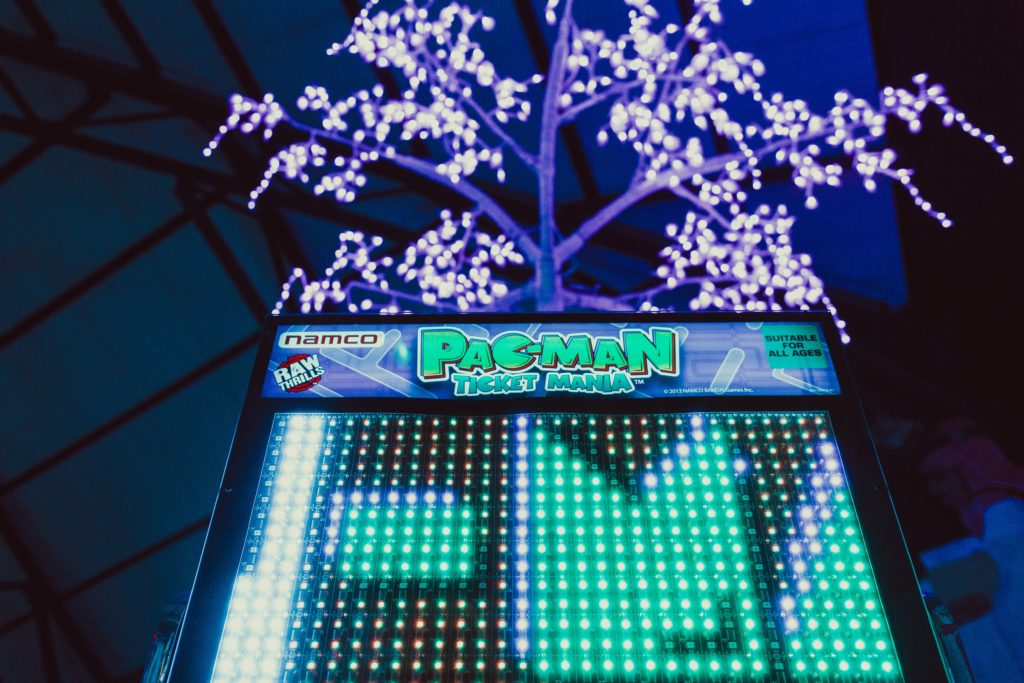All fields are required
Posted in Salmonella on October 1, 2018

When I first began researching for this article, a distinct image came to mind, and that was of a yellow Pac Man gobbling up what was in its path. That is what I envision a Salmonella GMOs to look like. I’m always fascinated by science: especially the strides in research that currently exist. Although I may not sometimes understand it, it is certainly captivating. Whenever a friend remarks or queries about a topic, it’s like throwing down a personal challenge, as in this case. I simply had to find out what all this was about. Salmonella genetic engineering that is.
Okay, so my bread-and-butter profession is teaching, but I love writing. As a teacher, I constantly have to approach lessons from a kid standpoint, e.g. “I have zero interest in what you have to say. I have my cell phone at the ready in case I get even more bored. Bring it on, teach”. In case you’re wondering, I teach high school English and as an occupational hazard, I deal with the most chronically underwhelmed people on this planet. I’m emphatically unimpressed by the glazed-over eyes of my students. It takes quite the feat to capture their attention away from their electronic devices, so I implement my sketching skills. If for one moment, it entertains them and keeps them from taking pictures of me that they can post on Snapchat and caption in humorous fashion. “Ms. B is sooo lame”.
It’s particularly difficult when I’m trying to explain a scientific concept, and even though English is my forte, sometimes science segues into our discussions. Ergo, my illustrations are my delivery method after I’ve thoroughly learned my material. So, when I read about scientists genetically engineering Salmonella to gobble up cancerous brain cells, I thought that perhaps readers would enjoy this foray into understanding just what that means.
Salmonella has been around for a really, really long time and is one of the most common forms of foodborne illness, responsible for almost a million cases of food poisoning and approximately 380 deaths every year. It’s especially bad news for gastrointestinal tracts. There are five main strains of this bacterium. But I’m not a scientist. I couldn’t possibly tell you the difference. That would require a whole separate article and delving into areas that may cause a personal brain hemorrhage. Suffice to say that in a study conducted by a group of talented researchers at Duke University, the bacterium Salmonella typhimurium was the lucky contender for the cancer cell brawl. Who knew?
Essentially, scientists, through a very intense and complicated process, transform Salmonella typhimurium into a cancer-eating machine that voraciously consumed one of the most aggressive forms of brain cancer: glioblastoma. Scientists confirm that the record median survival time for this form of brain cancer is only 15 months. Scientists also confirm, for those who do survive, their lives are only prolonged for five years following diagnosis.
The study mentioned the term “blood-brain barrier” at that point in the study. Hmmm…what precisely is that? Scientists call this BBB. It appears as if this blood-brain barrier is semi-permeable, meaning that some things can cross and other materials can’t. The cells are tightly packed, sort of like a cellular brotherhood. You know how you scan your credit or debit card at a retail terminal? If the scanner can’t read your code, no access my friend. It may appear overtly discriminatory, but that’s how it works. In the mystery that is the human body, this whole process works for a reason. However, that doesn’t mean we can’t take liberty with scientific methods and take something that was designed to make us horribly sick and turn it into something of a miracle to chew up and dispose of something else that can potentially kill us.
This blood-brain barrier causes problems for traditional drug-based treatments for glioblastoma because again, they don’t have the right “codes”. When researchers tweaked the DNA of Salmonella and injected it into rats with extreme cases of glioblastoma, the rats demonstrated a remarkable 20 percent survival rate. The tumors went into remission for 100 days: roughly approximating ten human years.
Ravi Bellamkonda, co-author of the study, puts it:
“[D]esigning bacteria to actively move and seek out these distributed tumors, and express their anti-tumor proteins only in hypoxic, purine rich tumor regions is exciting. They don’t cause an immunological response, because their natural toxicity has been deactivated. At the doses we used in the experiments, they were naturally cleared once they’d killed the tumors, effectively destroying their own food source”.
Somehow that means that the scientists deactivated the toxic characteristics of Salmonella and instead charged the bacteria to attack tumor cells. An element known as purine became the prey of the Salmonella. Purine is plentiful in tumor cells. So, the scientists unleashed the new Salmonella Pac Man in order to find and feed upon tumors.
“Since glioblastoma is so aggressive and difficult to treat, any change in the median survival rate is a big deal,” said Johnathan Lyon, a PhD student working with Ravi Bellamkonda, Vinik Dean of Duke’s Pratt School of Engineering, whose laboratory is currently transitioning to Duke from Georgia Tech, where much of the work was completed. “And since few survive a glioblastoma diagnosis indefinitely, a 20 percent effective cure rate is phenomenal and very encouraging.”
It’s still unclear as to when human trials will become available. But as with many studies involving genetic engineering, there’s substantial hope for curing a variety of diseases.
As for Salmonella, our nasty nemesis, with a few costume changes, could become our super hero.
By: Kerry Bazany, Contributing Writer (Non-Lawyer)
Notifications